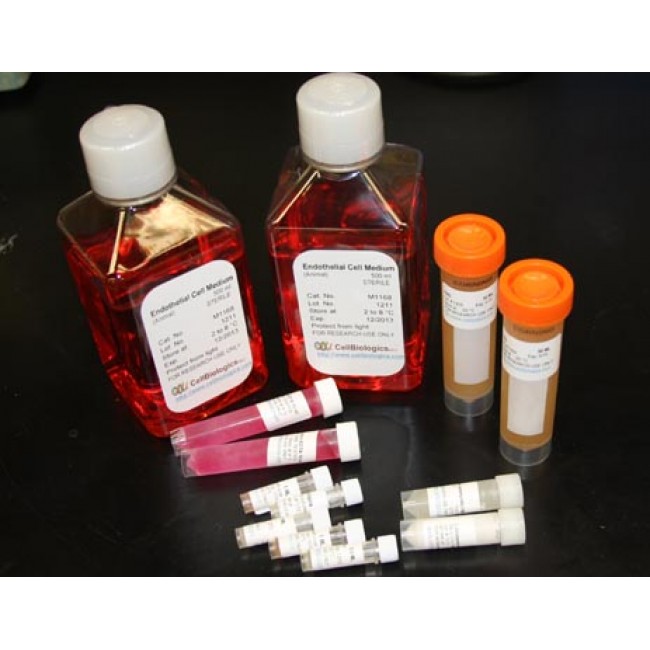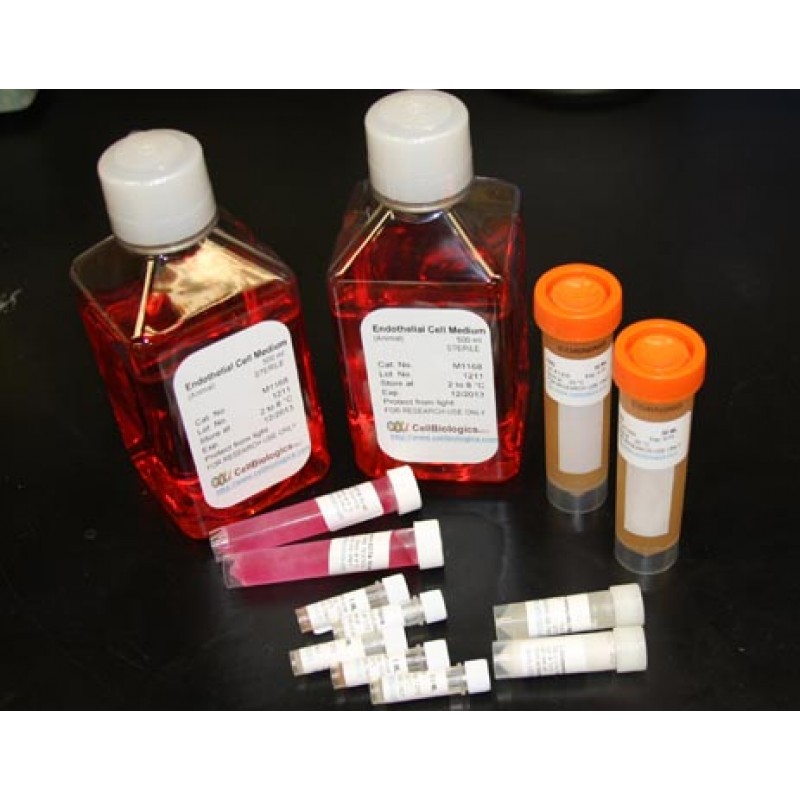All known subtypes of IFN- alpha show the same antiviral antiparasitic, antiproliferative activities. Human IFN-alpha is also a potent antiviral substance in murine, porcine, and bovine cell systems. IFN-alpha forms are produced by monocytes/macrophages, lymphoblastoid cells, fibroblasts, and a number of different cell types following induction by viruses, nucleic acids, glucocorticoid hormones, and low-molecular weight substances. All IFN-alpha subtypes possess a common conserved sequence region between amino acid positions 115-151 while the amino-terminal ends are variable. Many IFN-alpha subtypes differ in their sequences at only one or two positions. IFN-alpha and IFN-beta are thought to bind to the same receptor. Signal transduction mechanisms elicited after binding of IFN-alpha to its receptors involves tyrosine phosphorylation (see also: PTK; protein tyrosine kinase) of various non-receptor tyrosine kinases belonging to the Janus kinases. Recombinant Human IFNA2B is expressed in human 293 cells as a monomeric glycoprotein with a molecular mass of 16 kDa.


